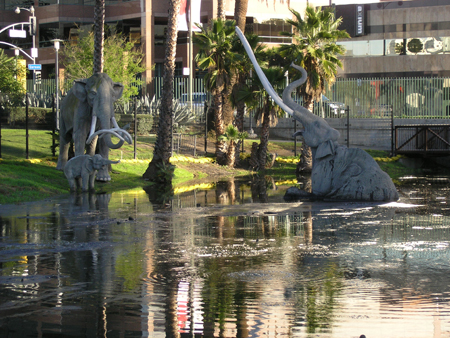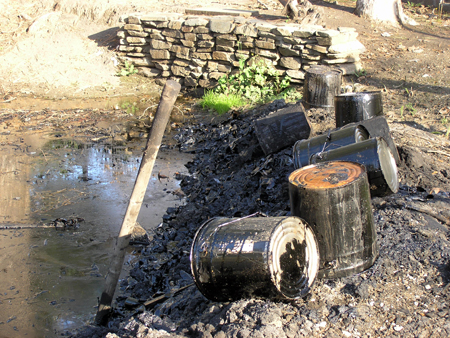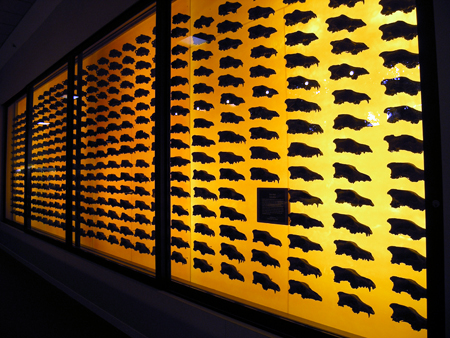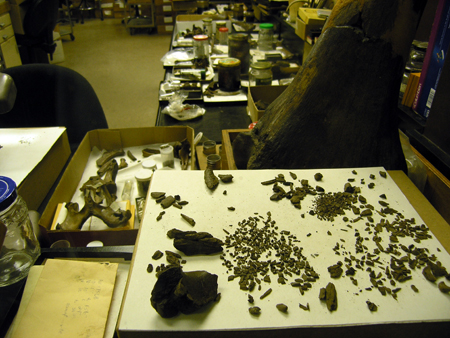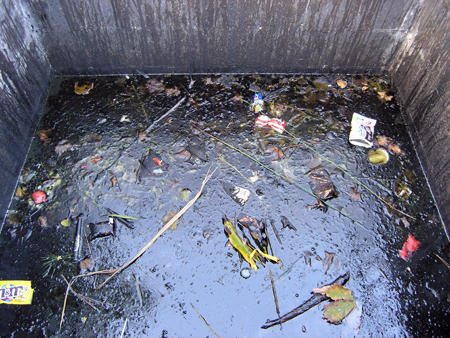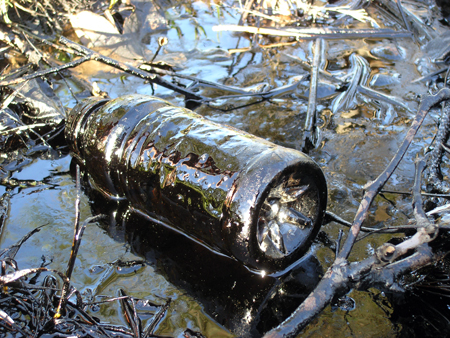Paleontologic Time Travel
La Brea Tar Pits, Los Angeles
Rancho La Brea is one of the world’s most famous fossil localities, recognized for having the largest and most diverse assemblage of extinct Ice Age plants and animals in the world. Radiometric dating of preserved wood and bones has given an age of 38,000 years for the oldest known material from the La Brea seeps, and they are still ensnaring organisms today.
The Page Museum is located next to the Rancho La Brea Tar Pits in the heart of Los Angeles. Through windows at the Page Museum Laboratory, visitors can watch bones being cleaned and repaired. Outside the Museum, in Hancock Park, life-size replicas of several extinct mammals are featured.
Sculs of the saber-toothed cat, Page Museum Los Angeles, 2008
La Brea Tar Pits lab, Page Museum Los Angeles, 2008
The collections document the Rancho La Brea biota and include some 3.5 million specimens representing over 600 species of animals and plants. The site-specific collections also include geological samples, archaeological artifacts and historical objects. The Tar Pits function as black wormholes where the past gets mingled with the future. Every day object from the past come up and new once from the present disappear inside the pits to be discovered by the next generation archaeologists. Every sample will be washed and cleaned and puzzled back together again in order to understand the future past.
